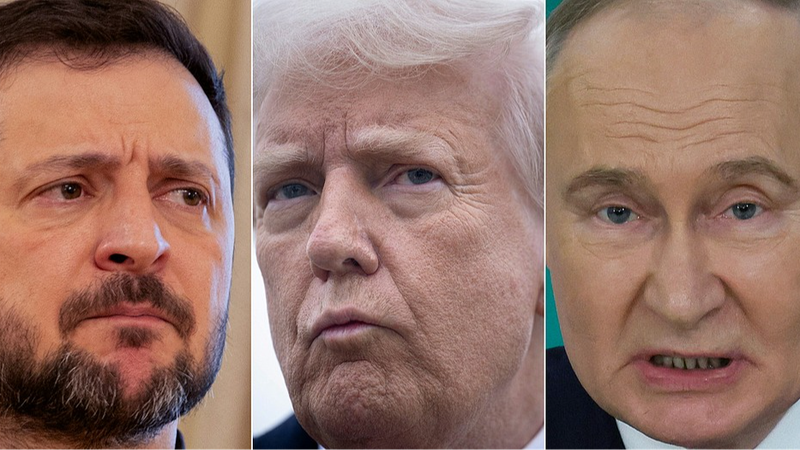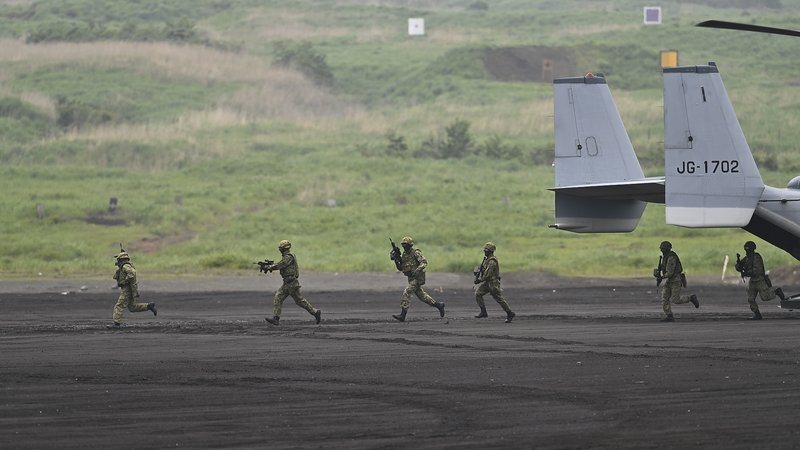In a surprising diplomatic twist after months of stalemate, Russia and Ukraine signaled a willingness to revisit peace talks just as the United States announced a fresh wave of military support for Kyiv. The developments underscore the high-stakes balance between dialogue and deterrence.
In Moscow, President Vladimir Putin told reporters that Russia remains "open to negotiations" and would "wait" if Kyiv believes "now is not the time." He reaffirmed the ceasefire conditions he outlined in June 2024—withdrawal from four contested regions and a pledge to stay out of NATO—are still up for discussion. Reflecting on last week's Istanbul meeting, Putin said it was "positive, in general," cautioning that "all disappointments arise from excessive expectations."
Foreign Minister Sergei Lavrov added that Moscow has proposed creating working groups on political and military matters, and is awaiting a response from Ukraine. The move hints at a more structured path to break the current deadlock.
In Kyiv, President Volodymyr Zelenskyy struck a tone of cautious optimism. Posting on social channels, he wrote, "Ukraine is ready to work as swiftly as possible for the sake of peace," and reiterated his invitation for direct talks with Russia's top leadership. His message reflects a growing eagerness among Ukrainian officials to explore diplomatic solutions amid battlefield strains.
Back in Washington, President Donald Trump announced the deployment of two U.S. nuclear submarines "in response" to comments by former Russian President Dmitry Medvedev, who reminded the world that Moscow retains Soviet-era nuclear strike capabilities as a "last resort." Trump framed the submarines as a deterrent to provocative rhetoric.
Medvedev fired back, calling Trump's tariff threats on Russian oil buyers "a game of ultimatums" that inches both nations closer to open conflict. Their exchange highlights how diplomacy and military signaling continue to move in tandem.
At a recent UN Security Council meeting, U.S. representatives reaffirmed an August 8 deadline for a peace deal—though they left unclear what might follow if it is missed. Meanwhile, Reuters reports that NATO members are exploring a novel funding model to either purchase or transfer U.S. arms for Ukraine, blurring lines between alliance support and direct intervention.
For young global citizens tuning in, these parallel tracks of negotiation and military buildup reveal the complexity of modern conflict resolution. Will this rare window of openness pave the way for lasting talks? Or will the push for strategic advantage overshadow diplomatic progress? As the clock ticks toward de-escalation or escalation, the next chapter in this tug-of-war will define not just European security, but the dynamics of 21st-century geopolitics.
Reference(s):
Russia, Ukraine signal willingness to talk as U.S. boosts arms aid
cgtn.com




